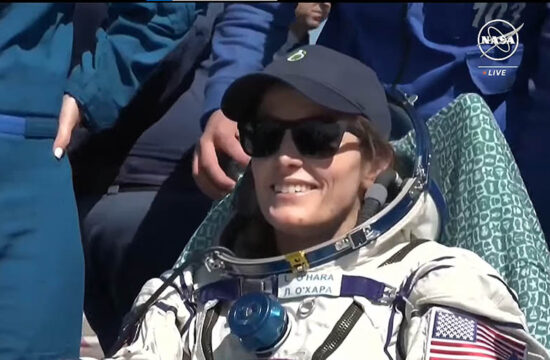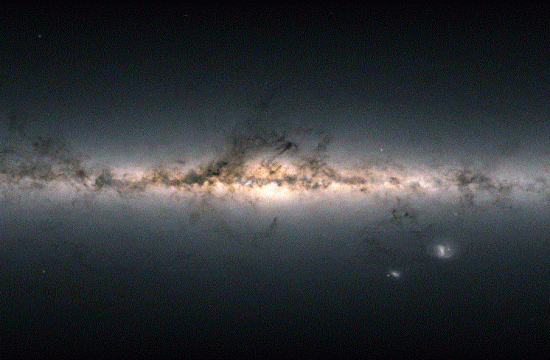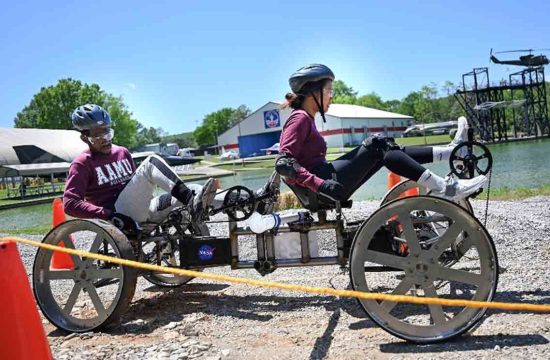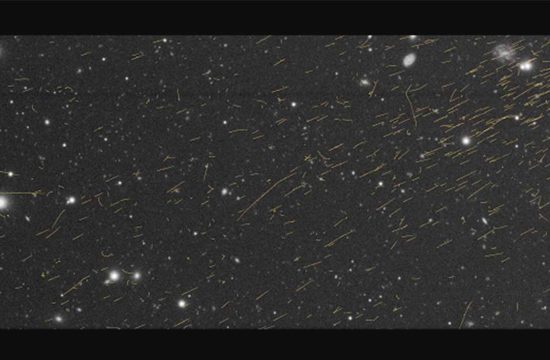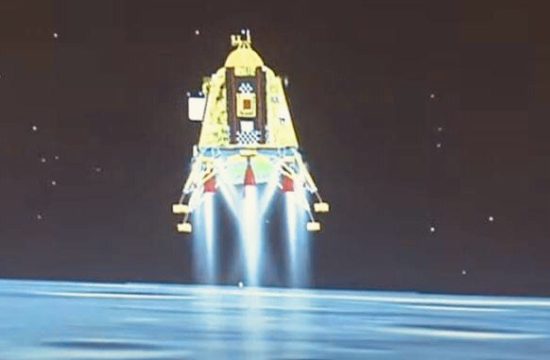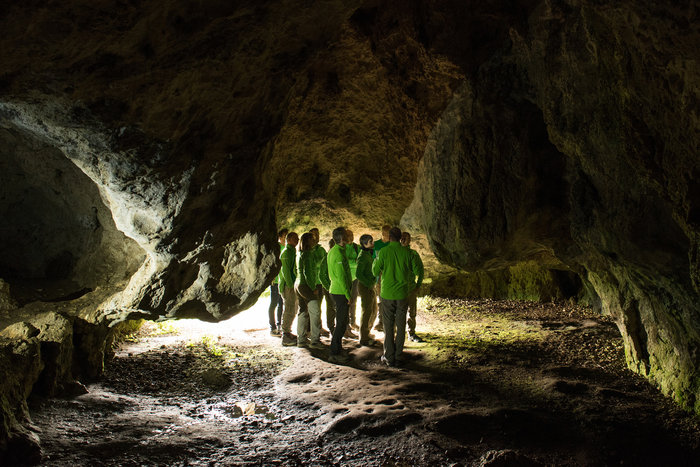
Training astronauts and engineers for missions to other planets includes field trips to places that resemble outer space. Participants on ESA’s Pangaea geology course visited the Ries crater and Riegelberg in Germany to gain on-the-spot knowledge of how to recognise meteorite impacts and how to relay information to ground control.
The surface of a planet can be read like a billion-year old book, observing how rocks have deformed from impacts and then eroded can reveal how if water has flown downstream, the size of the meteorite impact and how atmosphere has shaped the landscape.
Participants including ESA astronauts Samantha Cristoforetti and Matthias Maurer had three days of classroom lessons on Earth and Moon geology, volcanic activity, sample collection and contamination as well as laboratory techniques.
On 8 September 2017 the trainees drove to Ries and observed the crater from a church tower to get a general overview. An up-close visit included analysing the rocks and practicing geology drawing techniques of the area. The last part of this session included a visit to the Rie gelberg cave that was formed within a giant block of limestone fragmented and tilted by the meteorite impact.
Pangaea is the first step in preparing European astronauts to become planetary explorers on missions to other planets allowing them to communicate with science advisors on Earth effectively, using a common and geologically correct language to increase fast and fruitful decision-making while selecting scientifically-relevant places to take samples.
The participants will continue the Pangaea course for a second session in the Italian Dolomites.



